Hadley Kramm gets a hand in cutting the ribbon at the grand opening of the second park.
“Sometime in our childhood, we all sat and daydreamed about what it would be like to be somewhere exciting. To be someone exciting. To do something magical or go somewhere really fun. "Some kids dream they can fly, while others just dream of playing in the park." Kenny Kramer
All the temperatures are plummeting, spirits are soaring. On a frigid December morning in Northern Virginia, about 4 dozen people are gathered together for the grand opening of Shelley Kramm latest dream. The mother of an eight-year-old girl with cerebral palsy, Kramm has dedicated the last five years of his life to developing and building completely accessible playgrounds. This park, the second established by Kramm’s organization, is much smaller than the original Hadley's Park, but the philosophy behind it is the same.
“Hadley's Park gives every child a place to be included,” Kramm says. “There are no barriers here.”
But on this day, the new park's namesake is more concerned with keeping warm than playing on a playground. Bundled up in her wheelchair during the opening ceremonies, young Hadley Kramm knows that the balloons and banners and jugglers and dancers mean that this is a special occasion, but it's unlikely that she realizes just what an impact her life now has on other lives.
While this is just the second playground created by Hadley's Park, Inc., Shelley Kramm has a total of 33 other projects already in the works. The growth of the organization has forced Kramm to move its offices out of her Potomac, MD., home and into an office up the road in Rockville, and with new opportunities ranging from New Mexico to the West Indies, she estimates that she now spends a total of 80 hours a week working on behalf of Hadley’s Park, Inc.
The grand opening of the second Hadley's Park in Dulles, VA., featured the antics of a court jester.
But it hasn't come without a cost.
“I used to play tennis a lot, but that's kind of gone by the wayside,” Kramm says. “Right now this and my family are my two priorities.”
Not that there’s much separation between the two for her or her husband Kenny, who runs a new company called, Flavor-X, that makes flavoring for children's medication, another idea inspired by the birth of Hadley.
“The good thing about both of our companies is it's kind of inspiring how the life of one child has affected so many children,” Shelley declares. “It really puts her disability in a positive light.”
Eight-year-old Hadley Kramm is the inspiration behind Hadley's Park, Inc.
Although she was born premature Hadley didn't suffer from any complications until she was about 10 days old. Her doctors kept her at the hospital hoping that she would gain weight, but it was during that stay that she suffered a series of seizures, which left her with serious neurological damage. The Kramms certainly weren’t prepared to deal with Hadley’s disability, but Shelley now realizes that a number of experiences earlier in her life helped prepare her to be the mother of a child with cerebral palsy.
“It just seems like there were so many things pointing in this direction,” she says.
Shelley refers back to the number of experiences from her childhood when she witnessed fellow schoolmates ‘making fun’ of children with disabilities, and she becomes a little emotional when when talking about a disabled girl that she became close friends with prior to the girl’s death in high school.
“I learned that it was important that kids treat other kids the way they want to be treated,” Shelley says. “Just because a kid is in a wheelchair, it doesn't mean that you have to look at them like they have 20 eyes on their head.”
Strangely enough, it was Kramm's oldest daughter, Sarah, who doctors feared would be born with a disability. Sarah came into the world six weeks prematurely, weighed just 4 pounds 6 ounces, and was unable to breathe on her own. Shelley says the hospital “prepared us for the worst,” and told the Kramms that Sarah would be unable to walk or talk.
One of the three play-structures at the first Hadley's Park in Maryland was built with a ship theme.
Although Sarah is now a healthy 12-year-old, Shelley says the birth of her first daughter helped prepare her for when things took a turn for the worse with Hadley. What she didn't realize until much later was that other life experiences would come to her aid when she decided to become an advocate for accessible playgrounds.
Shelley admits that she was quote, “never a leader, per se, and anything,” but the time she spent on the high school debate team came in handy when she had to address government entities while in search of funds, and a minor in landscape design from the University of Maryland gave her a good base to work with when she started to design that first Hadley's Park.
Not to mention, she’s also the oldest of six kids.
“So I was always bossing someone around,” she quips.
But while she says, "this is the path that was chosen for me," Kramm is forthright; she wishes that she didn't have to be the advocate she has become. "I'm not totally perfect with it," she admits, "I would gladly switch and have Hadley walking and talking, but she's also grateful that she has had the opportunity to make a difference.”
"It's a happy place for me," she says, "I'm happy to be there for all those kids like Hadley because they're special kids."
But helping special kids often requires a special effort, and Kramm has certainly done that. She first came up with the concept of a completely accessible playground in 1995 while she and Hadley sat at the edge of a playground watching Sarah play. After drawing out some of her ideas, she spoke with Hadley's doctors and therapists about such a playground, and then gleaned more information and notions from her Brownie troop and each of their parents.
"I thought it was an awfully big project to bite off," Kenny says of Shelley's goal. ''I knew it would take a fair amount of money, and we had never done any fundraising so it was something that we were not familiar with. I thought it was going to be more than she could handle, but she did it. It took a lot of persistence."
In order to gain a further understanding of what it would take, Shelley bought a plane ticket and flew to Kansas City for the annual National Recreation and Parks Association (NRPA) Congress. There she learned more about playgrounds and playground safety, while also making contacts with the largest playground manufacturers. From the eight vendors, she pitched her ideas to, she narrowed the field down to four then two before deciding upon Little Tikes because she liked what the company was doing with themed play. By that time Kramm knew it would take some serious money to put together the first Hadley's Park, but her initial estimate of a half-million dollars was soon surpassed, as was the next projection of $700,000. And yet, despite having to petition the Maryland state legislature, as well as, huge corporations such as McDonald's, Kramm insists that she never gave up hope that she would come up with the necessary funds.
"It's really strange, but I never had a doubt that I would raise the money. I knew it would happen. It's like it was meant to be."
Sixteen months later, what came to be was a massive, 34,000-square-foot playground at a city park in Potomac. Two large play structures, custom-built to resemble a castle and a ship, dominate the area.
"It was a constant work in progress," says Bruce Oranburg of Bosco Associates in Alexandria, VA., the Little Tikes representative that worked with the Kramms. "(Shelley) would have certain ideas, and within those ideas we had to prove that they could be manufactured while also meeting the necessary standards and guidelines. Putting those concepts into use was definitely a joint effort."
But while it's the playground components that first draw your attention as you pull up to the original park, it's the massive amount of surfacing that stuns most first-time visitors. Designed to look like a roadway, it is the largest poured-in-place playground surface ever done and runs anywhere from a half inch to six inches in depth around and between every structure on the playground.
The project was nearly twice as large as any previously done by Vitricon, and cost nearly $200,000 to install.
"I think it turned out great," says Steve Noskin, President of the Hauppauge, N.Y. based company. "I think the collaboration between the architects, the sales engineers, and the manufacturers created an environment that really presents itself to disabled children. We were just one part of the puzzle."
Because of the unusual amount of surfacing and equipment, the final bill for the original playground came to over $860,000 despite discounts from both Little Tikes and Vitricon. Comparatively, the second Hadley's Park in Dulles, VA., is both much smaller (5,000 square feet) and much cheaper (an estimated $175,000), but it is no less important than the flagship park in Maryland. Kramm plans on developing each park with a unique theme, and the second playground is designed to resemble ‘Main Street U.S.A.’--complete with a Hadley's Hotel and a post office named in Sarah's honor.
"I guess it's like having children," Shelley says of the Hadley's Parks. "Each pregnancy you have is going to be different; each birth is going to be different; each child you have is going to be different."
But it sure helps to have some experience the second time around.
"The first one was a culmination of a much longer period of time and a lot more work," Kenny says. "The second was much smaller, plus we had already made connections and people had donated a lot of money.”
"For me, the great feeling about the opening of the second park was knowing that this thing is going to continue. It's not going to just stop with the first one."
How could it? Soon after it opened, the inaugural Hadley's Park started to draw parents and children from as far away as Baltimore.
"Even on rainy days the parking lot is full," Kenny Kramm notes.
"Overall, it's the most popular playground I've ever been involved in," Oranburg seconds. "It seems like there's always kids there."
And the playground came to be a very popular place not just for disabled children, but for disabled parents with able-bodied children, an added aspect of the park that the Kramms had not initially considered.
"The most touching thing to me at the opening of the first park was seeing a father in a wheelchair pushing his daughter back and forth on the track ride," Oranburg says. "I believe it's probably the first time he's ever been able to interact with his child on a playground. To me, it was every bit as touching to see that parent share in that as it was to see the kids on the playground.
"It really is a family event, and it's nice to see everyone included. That's what makes (Hadley's Park) unique from most other 'accessible' playgrounds."
But then, Hadley's Parks were designed to be an entertaining social spot for all types of kids and all kinds of adults. There are signs in both Braille and sign language, and Shelley likes to stress the importance of having a place where parents and siblings of disabled children can gather together to talk and share similar experiences.
"There's not too many places in this country where Sarah can stand in line and meet another sibling of a child with a disability. It's a good thing for her."
And judging by the turnout at the grand opening for the second Hadley's Park, it's a good thing for the entire community. CNN News anchor Judy Woodruff, took time away from the chaos that followed the presidential election to fill the role of master of ceremonies, while many of those involved with the project, including representatives from Lerner Enterprises, which provided the land adjacent to it’s Dulles Town Center mall, were applauded for their efforts.
Although many people bolted for the warmth of their automobiles soon after the dedication and ribbon cuttings were complete, some continued to brave the cold to give their congratulations to the Kramms. That left an opportunity for some of the children to give the new playground a test run.
One of those at work on the playground is 2-year-old Katie Fitzpatrick. Katie is a healthy, young girl, and her mother, Sally, is able-bodied, as well; their interest in Hadley's Park comes from someone who was unable to attend the joyous occasion.
"My husband was in a wheelchair, and he passed away from complications of MS," explains Sally, who donated money for the construction of the first Hadley's Park.
"We know from watching him on the sidelines what it's like to not be able to participate. I think this is a wonderful idea for kids-an accessible park."


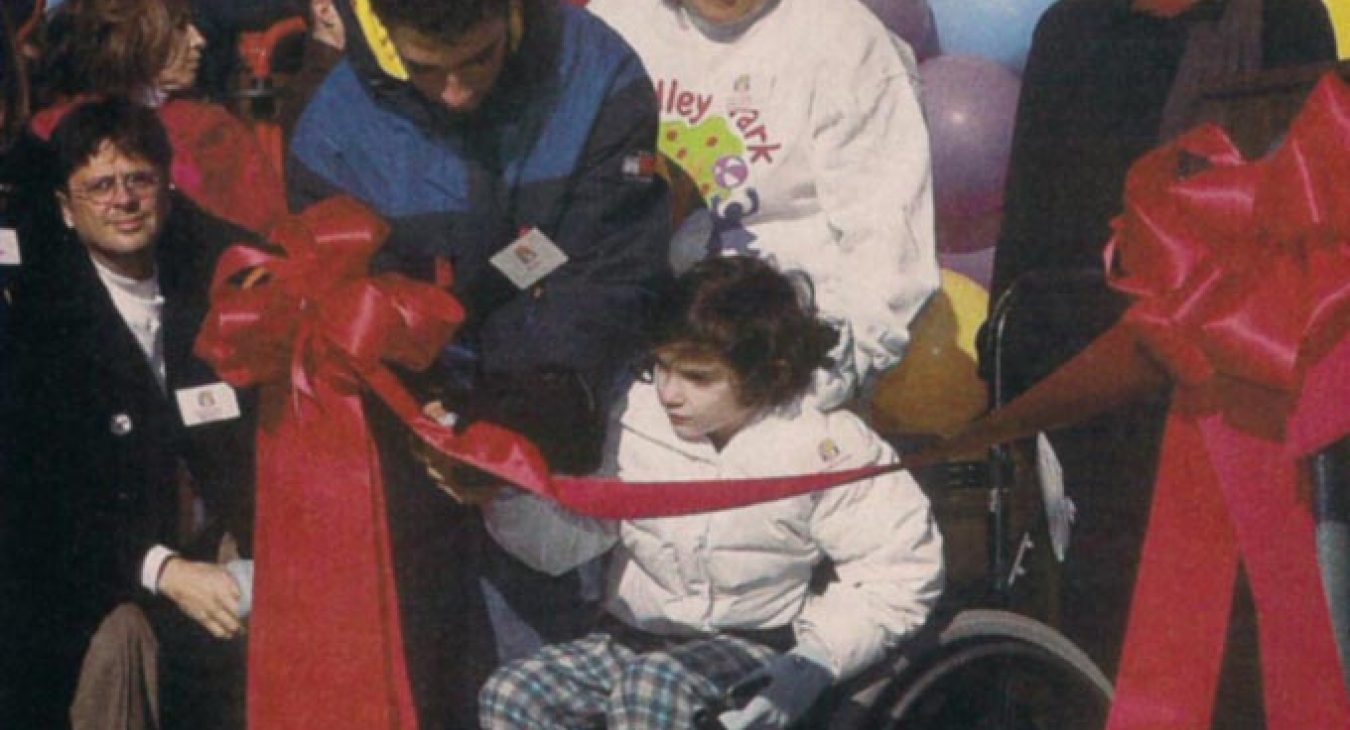
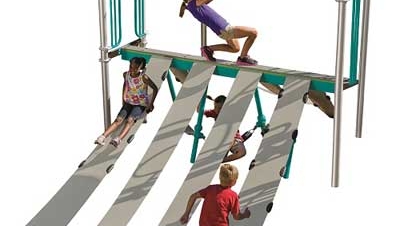
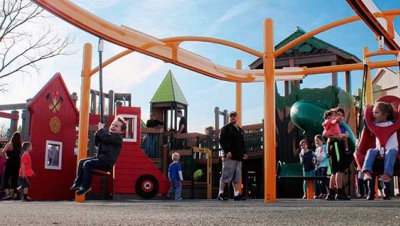
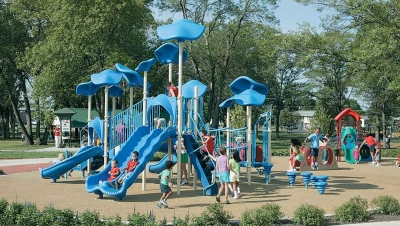

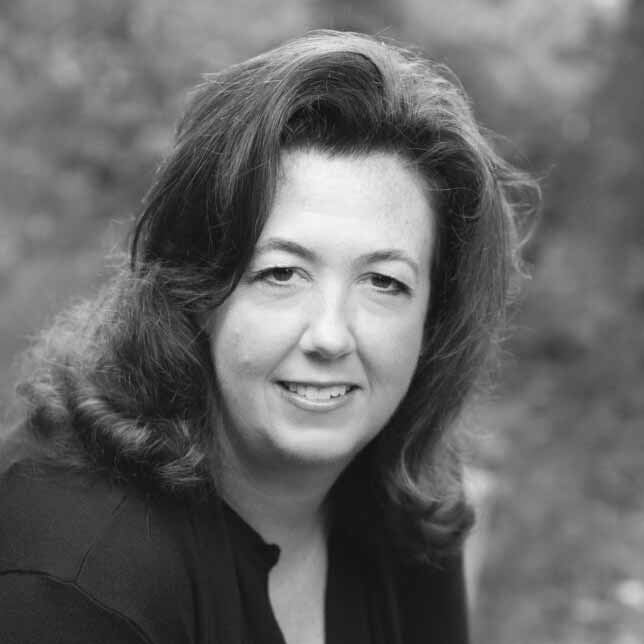



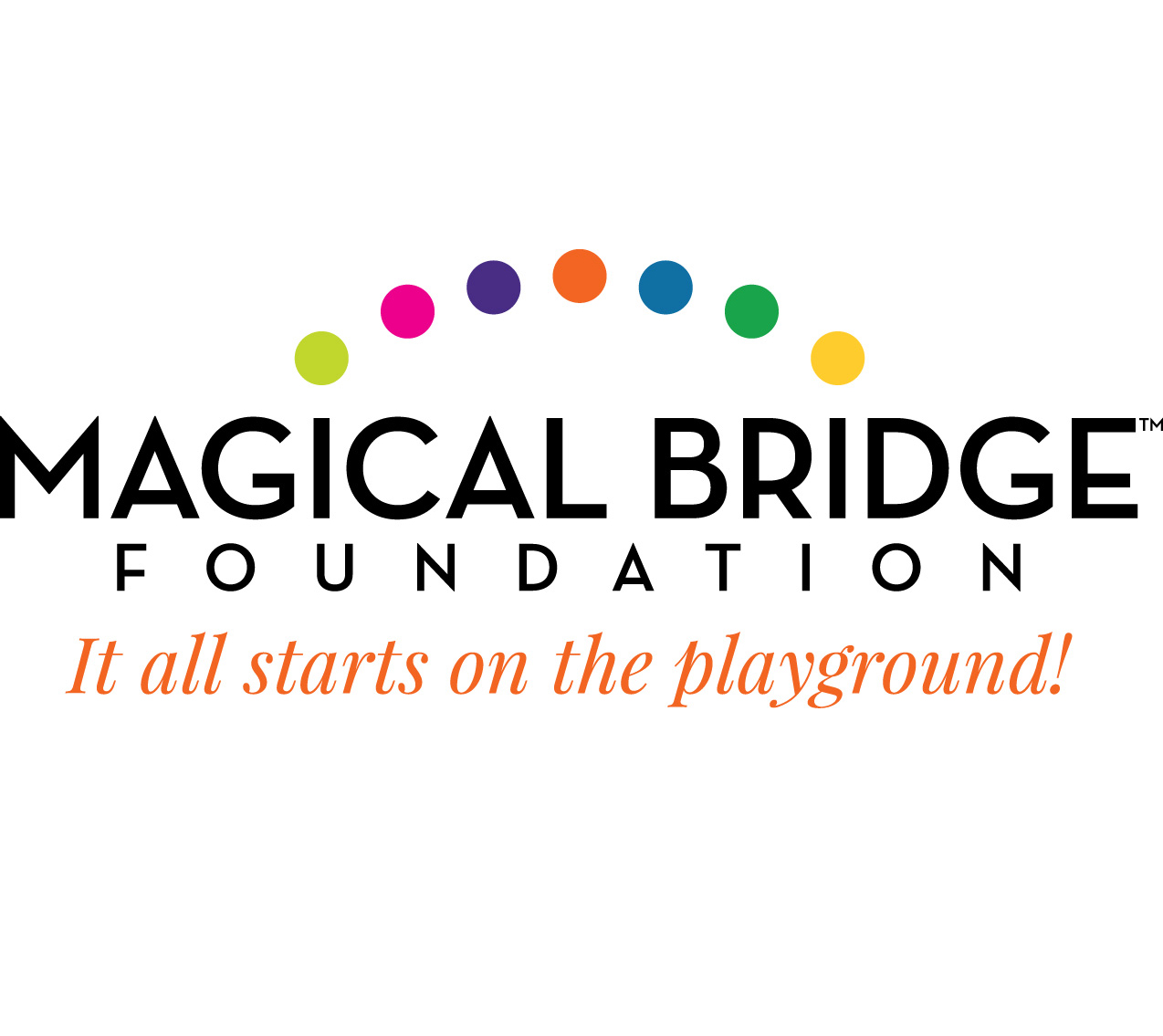

Add new comment